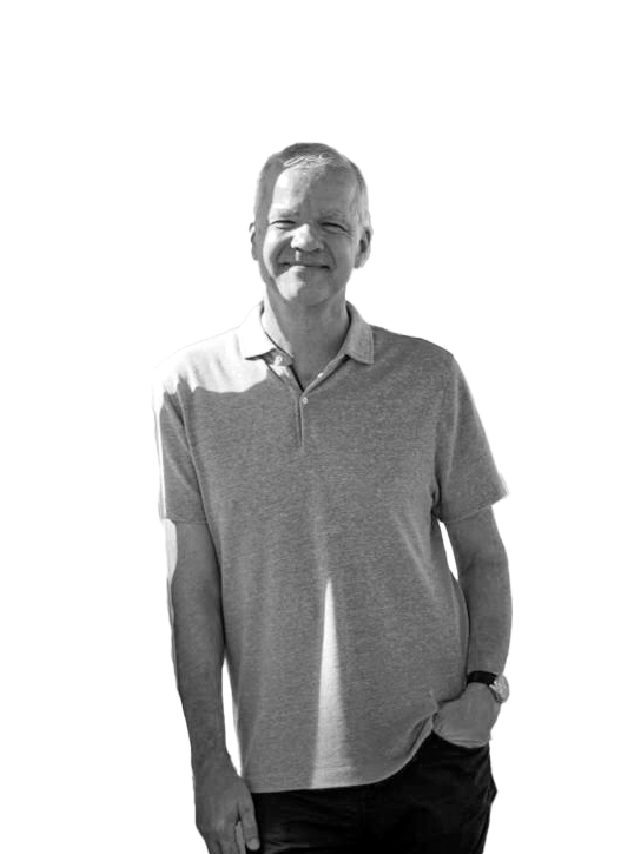Málaga feels like it has been "muted" since the end of Semana Santa. The streets are relatively calm, the tribunes and thousands of chairs have been dismantled and cleared, large bins and plant pots have been returned to their usual spot. Only the wax from the candles on the floor around the city centre are a reminder of an extraordinary week.
It was my second Semana Santa since moving to city, so I had a good idea of what was happening around the city, but this week was on another level to the first Semana Santa after COVID. My friend Paco contacted me every morning with helpful tips regarding where to go to watch which procession, so I picked my timings carefully, charged my camera batteries, cleaned my lenses and “joined the party”.
The week started with the very generous invitation by Bar Oña on Sabado de Pasión, to view the transfer of El Cautivo from their first floor, giving me a wonderful opportunity to capture the event with my camera, which was very powerful. Thousands of people lining the street around the Plaza del Hospital Civil, throwing carnations on top of the throne and the music of the accompanying marching band, who are one of my favourite features of the week.
On Domingo de Ramos, I went to see the start of La Pollinica procession, which is a great reminder, that the future of Semana Santa is in safe hands, as dozens of young children participate in their first ever procession.
The cantera of the cofradias, the future of Semana Santa. The role and participation of kids and teenagers in Semana Santa is visible everywhere, from the children collecting wax from the Nazarenos to create ever growing wax balls, to their participation in the processions and being members of the extraordinary marching bands that accompany the thrones for many hours and several times during the week.
As San Juan is our local church and our wonderful neighbours are very active in the cofradia, the Lagrimas y Favores procession is close to our heart. To watch Manuel and Álvaro carrying the throne and their parents Manolo and Gema assisting the nazarenos and other participants throughout the procession gives Semana Santa a personal connection, as this is and will be for many years to come "your week" and we are just onlookers and observers.
The fact, that Antonio Banderas leads the procession is just another exciting fact. One of the most powerful things of Semana Santa is the singing of the beautiful Lagrimas de San Juan of the hombres de tronos before and after the procession inside San Juan church. I caught myself throughout the week, whistling the hymn again and again. This is definitely a side effect of Semana Santa.
Probably my favourite moment of Semana Santa happens during another procession from San Juan church on Good Friday, Dolores de San Juan, in which my friends Iván and Victor are hombres de trono. The nazarenos are dressed all in black, there is total silence in Calle San Juan, which is only broken by the solemn bells of the church and the beautiful, mournful music of a flute, bassoon, clarinet and oboe. Whether you are religious or not, this will touch you. I promise you.
Semana Santa is so much more. It’s the colours of the capirotes and robes, the smell of incense, the sound of the drums that determine the rhythm of the throne, the powerful music of the bands, the incredible numbers of participants and the unbelievable number of people in the city centre.
At the most popular locations in the centre, people were standing 20-30 deep, just to catch a glimpse of the passing thrones and observing the emotions of the people when the thrones are passing, applause ringing through the streets are an essential part of learning about the importance of this week for many people here.
Semana Santa is also to have too many delicious torrijas, the thousands of chicken sandwiches sold at Pollo de San Juan, the cascarúo lemons with salt and baking soda (I tried them last year and will leave it at that), the many little stands that sell drums and trumpets for the children, so they can feel part of the procession and can test the patience of their parents with the noise they are creating.
Then there is that inevitable situation during the week, when you get stuck between two or three processions on your way home. To work out a route, that will eventually get you where you want to be is almost fun and all part of this extraordinary week. It’s full on, make no mistake. If you don’t like big crowds, choose your spot carefully, but if you want to learn about the culture of another country, try and experience it. You will take a lot away from it and you will also learn, that the nazarenos are NOT dressing like the Ku Klux Klan.
Now Málaga has returned to its usual routine. We are not being woken at 2.30 in the morning by the last procession and the powerful music of the accompanying band, "chess club" has returned to Calle Larios, many hospitality businesses are giving their staff a well-deserved break after a very long week. The memories of Semana Santa will stick in my head and heart like the candle wax on the streets of Málaga.


